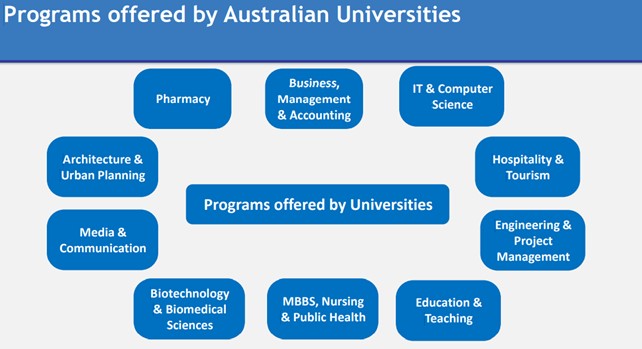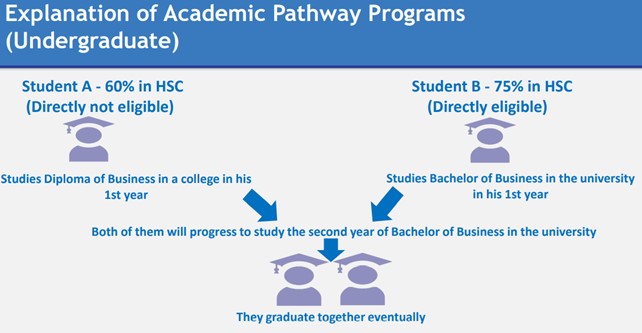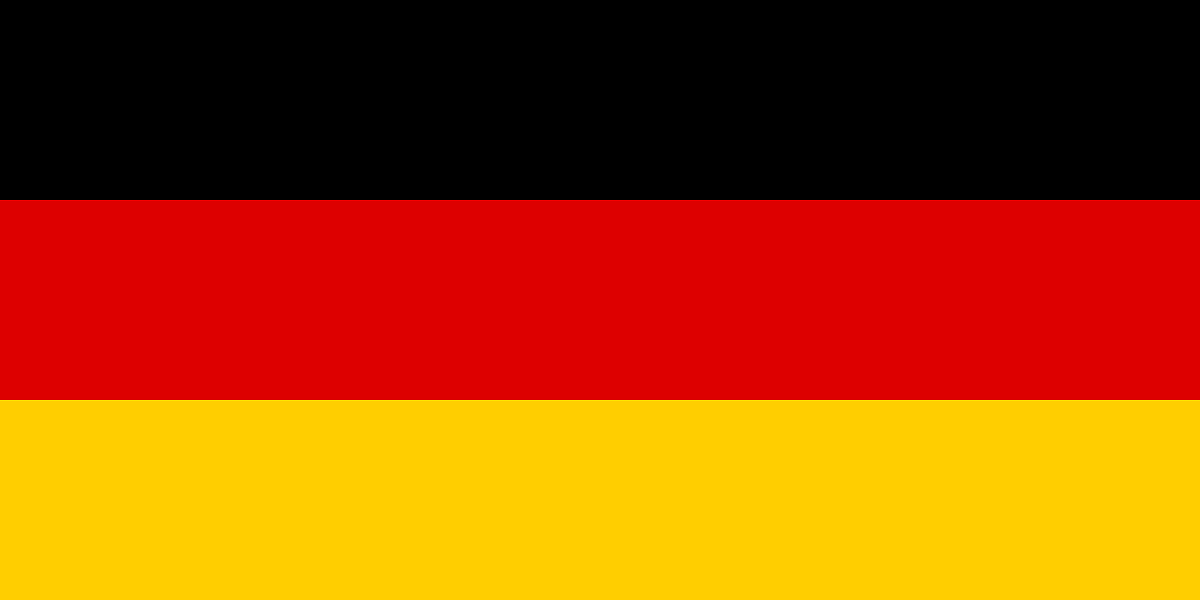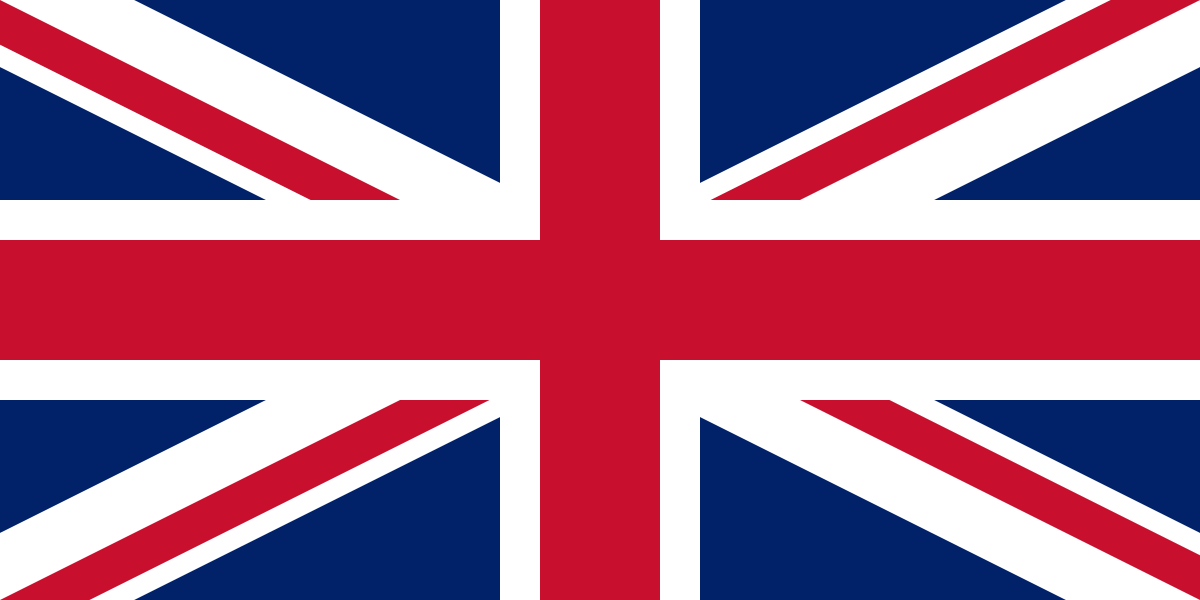
Australia offers a diverse range of study options for international students
With more than 1,100 institutions and 22,000 courses to choose from. Australia’s educational institutions rank well in terms of student satisfaction, employability, quality of life and sense of student community, with Melbourne and Sydney ranking among the top five best cities for students to study in. Both of these cities are home to a multiplicity of top ranking institutions including The University of Melbourne, The University of Sydney, University of New South Wales, Monash University, Macquarie University, RMIT University, and many more.
University is the highest level of education in Australia. Australia has 39 universities: 37 government-funded public universities and two private universities. Students can attend on-campus bachelor degrees or postgraduate courses (including certificate, postgraduate diploma, master and doctoral programs). Vocational courses focus on practical skills and industry training. Vocational training courses are offered in government-funded institutions, including TAFE (Technical and Further Education), or other private institutions. Many colleges offer students credit towards university courses.
The Australian education system is distinguished from many other countries by the Australian Qualifications Framework (AQF). The AQF was established in 1995 and is a national policy that covers qualifications from the tertiary education sector (higher education, vocational education and training) in addition to the school leaving certificate, called the Senior Secondary Certificate of Education.
Fees and scholarships
Australia is an ideal place to enjoy a world class education and outstanding quality of life, but there are several expenses to consider before you study overseas.
Australia performs incredibly well in terms of affordability, with living expenses (such as private rent) and tuition costs comparable with the United States and United Kingdom. You can also earn a small amount by working part-time while you study.
Scholarships
There are a range of scholarships available for international students. It is best to check the scholarships website of your chosen university for the most up to date information.
Teaching and learning style
You can study at all levels of education from vocational education and training (VET), English language courses to higher education (including universities), and undergraduate and postgraduate studies. Tertiary education includes both higher education (including universities) and vocational education and training (VET).
Higher education
Higher education courses can be taken by students to earn an advanced degree and continue their studies in Australia. There are three main types of higher education that lead to bachelor, master and doctoral degrees. Teaching at universities normally takes place in large group lectures and small group tutorials.
Academic year
The Australian secondary or high school system starts each year in late January or early February, while vocational and university students start at the end of February/early March. Most high schools have three or four terms; universities and vocational colleges have two semesters. Exams are held at the end of each semester (June and November), with 2-4 week breaks between each semester, and a longer break over the summer from November/December to February. In some instances, you may be able to choose a course that offers a summer program, which means you can do a third semester in the year.
Learning English
Learning English is probably the most important factor when planning your studies in Australia. If your proficiency in the English language is limited, you may be advised to enrol in an English language school before starting your program of study.
Australia has approximately 100 private English language centres around the country. Universities and TAFEs offer courses for those interested in developing their English language skills.
Why Australia
International Rankings of Australian Universities Part time job opportunities for international students Post-Study Work Visa up to 4 years Opportunity for Permanent Residence IELTS, TOEFL and PTE scores are accepted by all universities Availability of pathway programs for international student No application fee in a majority of universities Flexibility in terms of deadlines, universities ready to accept applications and financials closer to course start dates Lower entry requirements of universities with relatively higher international rankings No Visa interviews Quick visa outcomes* GST is paid over and above commissions
Intakes available with Australian Universities
Major Intakes
February and July Offered by Universities and Private Colleges Courses offered: All popular areas
Minor Intakes
October/November Offered by Private Colleges and some of the major universities (e.g. Deakin University and Griffith University) Courses offered: Business, Information Technology and Engineering
Private Colleges in Australia
Colleges offering Bachelor's and Master's programs Independent Colleges offer Bachelor’s & Master’s Degrees e.g. International College of Management, SydneySome colleges are affiliated with universities (offer UG & PG programs) e.g. Australian Technical and Management College affiliated with Federation University These colleges offer Information Technology and Business programs These Colleges offer ELICOS and Diploma leading to Degree programs e.g. Griffith College leading to Griffith University Colleges offering Pathway programsPrograms are offered in almost all popular disciplines such as IT, Engineering, Health, Business, Hospitality, etc
Universities in Australia
There are a total of 43 Universities in Australia
The Higher Education Sector in Australia primarily consists of Universities The top 8 universities in Australia are popularly known as Group of 8Australian Universities offer pathway programs, bachelor’s & master’s degrees and doctoral programs Public – 38 Universities Private – 3 Universities (Bond, Notre Damn and Torrens) International Universities – 2 (Carnegie Mellon and University College London)

Pathway Programs
Pathway Programs
Students who are not able to meet the direct entry requirements of Australian Universities can be offered ‘Pathway Programs.’ These programs can be offered at undergraduate level and postgraduate level. Pathway programs are a good opportunity to the students who fail to meet the direct entry requirements of the Australian universities. These are also called as ‘Packaged Programs’
Types of Pathway Programs
Pathway Programs are of two types
Academic Pathway Programs Offered to the students not able to meet the Academic entry criteria English Language Programs Offered to the students not able to meet the English language criteria
Academic Pathway Programs
Students scoring 55% to 64% in HSC can be offered these programs They are also called as Diploma leading to Degree programs (D to D programs) Students usually get admission in a college where they study a Diploma Program for one year (e.g. Diploma of Business) After successful completion of Diploma, they progress to the second year of Bachelor’s degree, eventually completing their graduation in 3/4 years. (Undergraduate)

Some Australian universities offer pathways at postgraduate level.
Offered to the students who fail to meet NOOSR criteria e.g., Second division from a Section 3 university/Pass division from a Section 2 university. Students are offered a qualifying program of one semester called as PQP Student first completes the PQP and then progresses to the master’s degree PQPs are available only for business/management/accounting degrees (Exception: Griffith University offers PQP for business, engineering and IT courses.
Deciding to study abroad is a big decision. Beyond leaving their friends and family behind, students may also be challenged by thoughts of what and where to study. Top universities, incredible nature, vibrant cities, and several oceans are just some of the reasons why many international students choose Australia to study.
When we talk about Australia, Kangaroos, koalas, wide open spaces of outback bush, clean air, and water come to our mind. But Australia has much more to offer than just these. Australia is known for the standard of living it offers.
Studying in Australia:- The island country Australia attracts more and more international students from all around the globe. Some of the top universities and colleges in the world are located in Australia and thus, Australia is becoming the new favorite among students.
Cost of Living in Australia:- Australia is amongst the top countries of the world in terms of its education system, With a high level of income, it also enjoys a high level of health awareness, an excellent medical system as well as a politically stable economy.

Basic Amenities include your food/ grocery bills.
These figures, however, talk about the basics and would vary from university to university as well as the style of living you wish to maintain.Happy Recruiting!!






